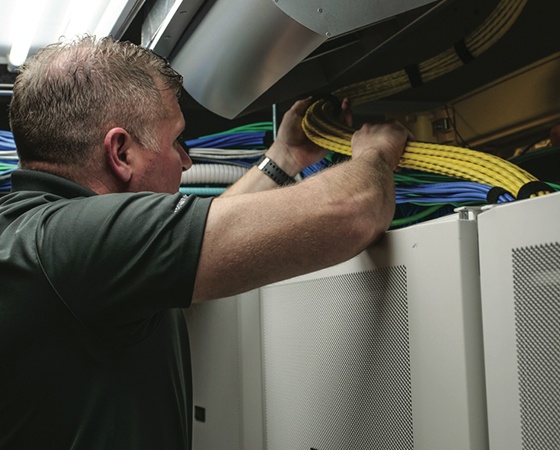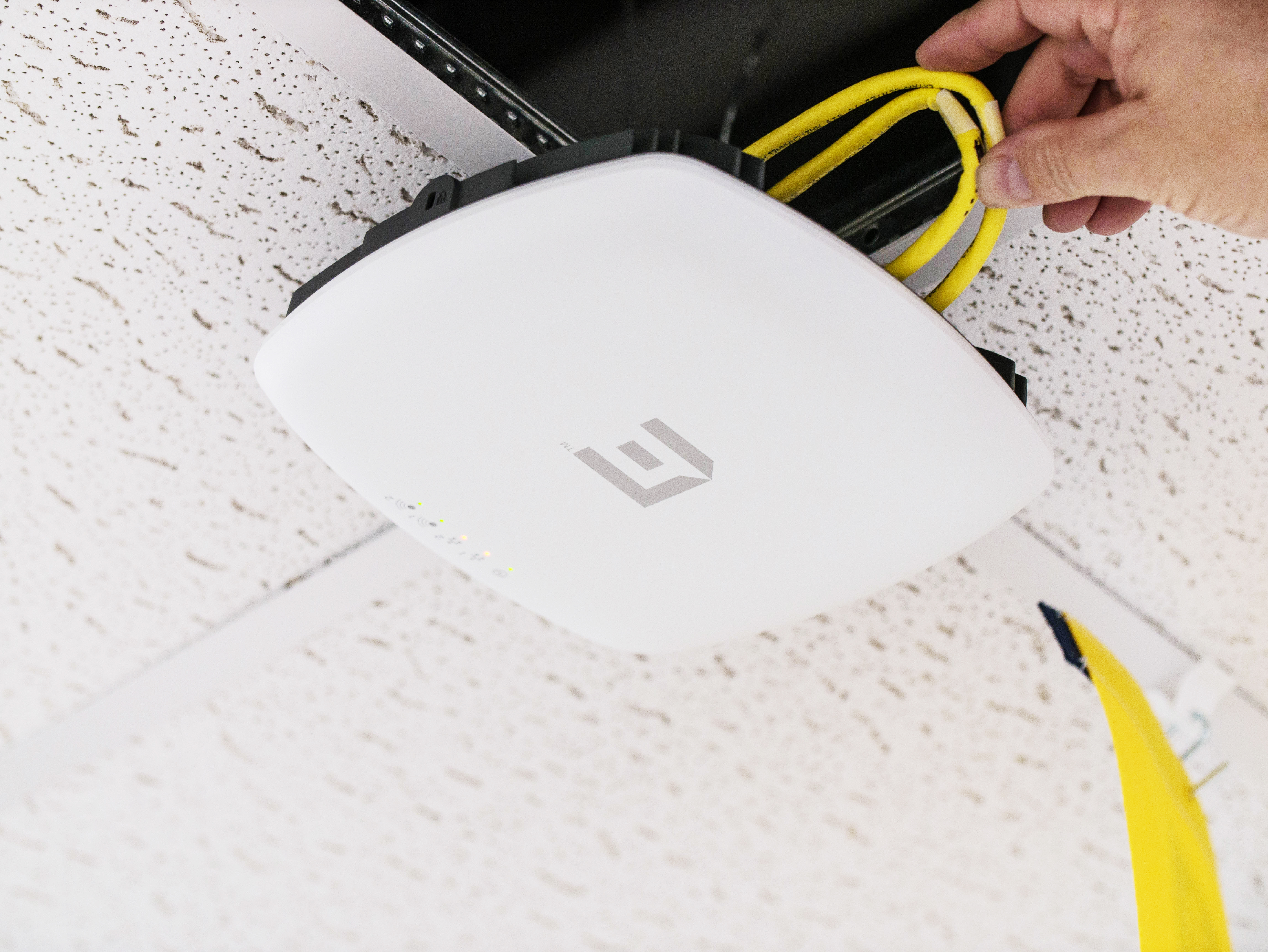建立面向未来的学校网络的3种方法
Schools are well on their way toward transforming how they use technology, whether it’s for student-parent interaction, enhanced lessons, mobile classrooms or student data management. In the last decade, new software, applications and devices have been introduced into school districts to encourage learning and support valuable resources.
In 2018, the Cambridge International Global Education Census discovered that 74% of U.S. K-12 students are now using smartphones as educational aids inside classrooms – in addition to tablets and laptops already in use in many schools. Lesson plans are accessible in the cloud, homework is submitted through online portals and standardized testing is being completed on connected computers.
Georgia’s seventh-largest school district, Forsyth County Schools, is experiencing first-hand how technology is changing learning. Since 2001, the district’s student population has grown by 170%. Twenty-three additional schools have been built in the last two decades, bringing the district’s total to 39. Along with this growth also came more devices and technology.
After seeing how quickly things were shifting, the district knew it needed to rework its school network to not only support the devices and learning styles of today, but also to plan ahead for future initiatives.
Here we’re sharing three ways that Forsyth County Schools is redefining itself and its school network infrastructure to keep digital learning at the forefront.
1. Dedicated Staff to Support Technology
The school district believes that effective use of technology increases productivity, encourages learning leadership, expands access to resources and develops digital citizenship. To support forward-thinking technology initiatives, the Forsyth County Schools technology team consists of three units: Information Systems, Instructional Technology and Technology Services.
Technology Services is responsible for addressing the district’s technology needs. The group of 25+ employees supports:
- 27,000+ student Chromebooks
- 5,000台教师笔记本电脑
- 57,000 BYOD devices (phones, tablets, etc.)
- 360+ physical and virtual servers
- 4,474个无线接入点
- 1,300+ network switches

The department follows two guiding principles for its classroom technology:
- To increase the transformational use of classroom technology, where students are information producers instead of just consumers
- To focus on the six Cs of transformational learning: creativity, communication, character, citizenship, collaboration and critical thinking
Without a team dedicated to this initiative, much of the new technology implemented by the district in the last few years would not have been possible.
2. High-Performance Cable to Facilitate Smart Classrooms
In the past – like many schools – the Forsyth School District had only a handful of computers in each classroom, with strategically placed wireless access points that met the demands of a few laptops.
Now, every student has a Chromebook and Internet access. On any given day, there are 86,000 devices accessing the school network. To provide more connectivity for students, teachers, and staff, dedicated wireless access points were needed in each classroom – which was a huge increase in the number of access points coming onto the school network.
Forsyth County Schools Superintendent Dr. Jeff Bearden, the Board of Education and CTIO Mike Evans understood the importance of designing classrooms for the future – and the negative impact of holes and gaps in wireless coverage. So they approved the replacement of the existing wireless infrastructure and hardware.
To address the demands for a more robust wireless infrastructure, the Technology Services Department now has two Category 6A cable runs in each classroom dedicated to servicing wireless access points, with the pair being logically bonded to provide an aggregate of 2 Gbps to each access point.
3. The Ability to Troubleshoot In-House

The new REVConnect Connectivity System from Belden, which supports Category 5e through Category 6A shielded and unshielded connections, was used for this school network overhaul to speed up installation, limit rework and retesting, and ensure fewer failures in the field.
REVConnect also saves the Technology Services department time by offering an easy way for in-house staff to fix problems as they arise. For example, if a student causes damage by inserting something into a drop that shouldn’t be there, another end can be installed quickly by someone internally – without needing to call and wait on an installer or technician.
Thanks to REVConnect, the district also anticipates saving even more money and time down the road. “Five or seven years from now, when we have to replace things, we won’t need to call someone back to do it for us,” says Tim Fleming, director of technology services at Forsyth County Schools. “If we decide we don’t want 2G to every wireless access point, we can easily make those changes ourselves.”
Have questions about what you need to do to make sure your network is ready for the future? Contact us!
